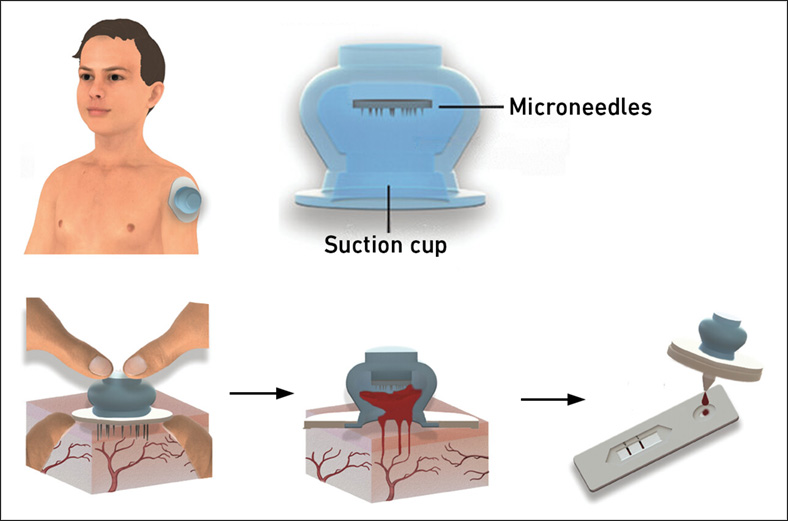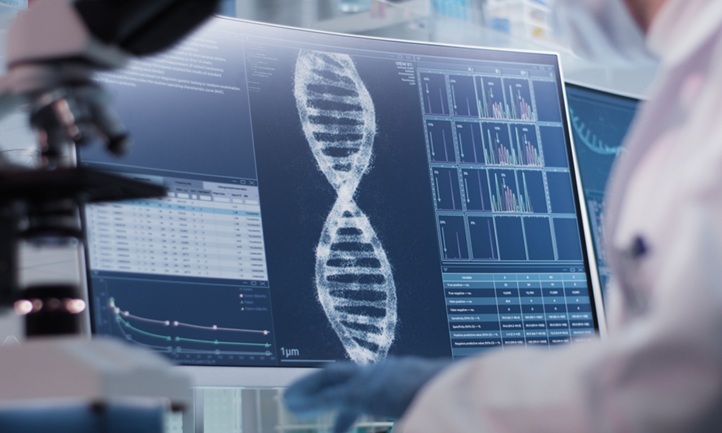New Blood Test Device Modeled on Leeches to Help Diagnose Malaria
Posted on 06 May 2024
Many individuals have a fear of needles, making the experience of having blood drawn from their arm particularly distressing. An alternative method involves taking blood from the fingertip or earlobe, but this often yields insufficient blood for many tests and can result in inaccurate laboratory values that vary between measurements. Now, researchers have developed an innovative device that uses microneedles and a suction cup instead of a large needle, which could be especially beneficial for those with needle phobia. This device can collect more blood than the traditional finger prick, enhancing the reliability of diagnostic measurements. Additionally, its low production cost makes it feasible for use in developing countries.
The new device for taking blood samples developed by researchers at ETH Zurich (Zurich, Switzerland) operates on a principle similar to that of a leech and is less invasive than traditional arm blood draws. It is user-friendly and can be operated by individuals without medical training. Although it does not gather as much blood as a conventional needle, it significantly surpasses the volume collected from a finger prick. The concept for this device emerged while the ETH researchers were developing a suction cup intended to administer medication through the mucous membranes inside the mouth, during which they studied how leeches attach to their hosts using a sucker and then draw blood.

The device mimics how leeches work: after attaching, they penetrate the skin with their teeth and create negative pressure to draw blood. Similarly, the new device features a suction cup about two and a half centimeters in diameter that adheres to the patient's upper arm or back. It houses a dozen microneedles that pierce the skin when pressed against it. Within minutes, the negative pressure collects enough blood for diagnostic testing. This cost-effective device could be especially useful in regions like sub-Saharan Africa, where it could significantly impact the fight against diseases such as malaria.
An additional safety feature of this device is that the microneedles are enclosed within the suction cup, reducing the risk of injury both during use and after disposal, unlike conventional needles. Currently, the suction cup is made of silicone, and the microneedles are steel, but the team is developing a version using fully biodegradable materials. While this device has been tested on pigs and extensive manufacturing details have been prepared, further optimization of the materials and safe use testing in humans are needed. The researchers are hopeful that their innovative device will soon be aiding the health of children and all who fear needles.
Related Links:
ETH Zurich













